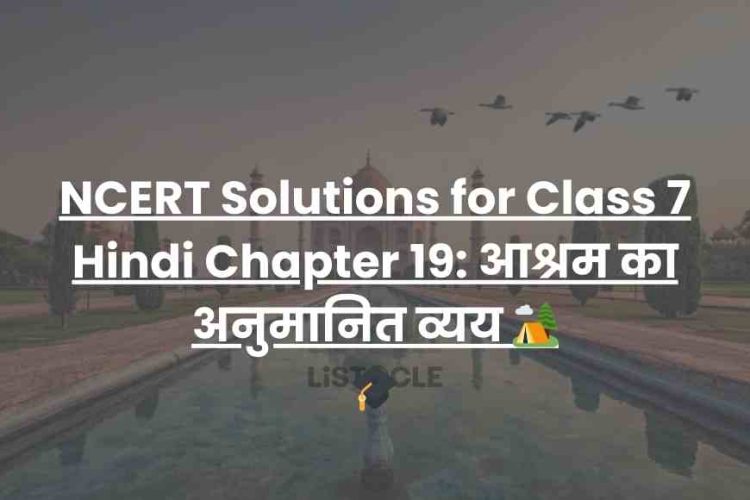
Picture this: Earth is like a giant jigsaw puzzle, and the continents and oceans are the pieces. But what if I told you that this puzzle is constantly being rearranged? 🌍 In NCERT Solutions for Class 11 Geography Chapter 4, students learn how the world’s continents and oceans were formed and how they’re distributed across the planet. Spoiler alert: It’s not a random arrangement!
The Continents: Giant Landmasses 🏞️
There are seven continents on Earth, and each is distinct in its features, climate, and ecosystem. From Asia (the largest continent, home to the world’s highest mountains) to Antarctica (the coldest, driest, and most mysterious), these landmasses have their own stories to tell. 🌏
But it wasn’t always this way. As we discussed in Chapter 2, the continents were once part of a supercontinent called Pangaea. Over millions of years, they drifted apart, creating the continents we recognize today. But don’t think this process is over yet—continents are still shifting thanks to plate tectonics. So, in a few million years, your hometown might be located next to a totally different continent! 😲
The Oceans: A World of Their Own 🌊
Now, let’s talk about the oceans. Covering about 71% of the Earth’s surface, oceans are more than just vast bodies of water. They regulate the climate, support life, and even affect the Earth’s rotation. 🌊 There are five oceans—Pacific, Atlantic, Indian, Southern, and Arctic—and each has its own unique role in shaping our planet.
The Pacific, for example, is the largest and deepest ocean, while the Arctic Ocean is the smallest and shallowest. Despite their differences, all oceans are interconnected, creating a global network of water that helps regulate temperature, weather patterns, and more.
NCERT Solutions for Class 11 Geography Chapters
Fundamentals of Physical Geography Solutions
- NCERT Solutions for Class 11 Geography Chapter 1: Geography as a Discipline 🌏
- NCERT Solutions for Class 11 Geography Chapter 2: The Origin and Evolution of the Earth ⏳
- NCERT Solutions for Class 11 Geography Chapter 3: Interior of the Earth 🌋
- NCERT Solutions for Class 11 Geography Chapter 4: Distribution of Oceans and Continents 🌊🌍
- NCERT Solutions for Class 11 Geography Chapter 5: Minerals and Rocks 🪨
- NCERT Solutions for Class 11 Geography Chapter 6: Geomorphic Processes 🌋
- NCERT Solutions for Class 11 Geography Chapter 7: Landforms and their Evolution 🏔️
- NCERT Solutions for Class 11 Geography Chapter 8: Composition and Structure of Atmosphere 🌬️
- NCERT Solutions for Class 11 Geography Chapter 9: Solar Radiation, Heat Balance, and Temperature 🌞
- NCERT Solutions for Class 11 Geography Chapter 10: Atmospheric Circulation and Weather Systems ☁️
- NCERT Solutions for Class 11 Geography Chapter 11: Water in the Atmosphere 💧
- NCERT Solutions for Class 11 Geography Chapter 12: World Climate and Climate Change 🌍🔥
- NCERT Solutions for Class 11 Geography Chapter 13: Water (Oceans) 🌊
- NCERT Solutions for Class 11 Geography Chapter 14: Movements of Ocean Water 🌊🌊
- NCERT Solutions for Class 11 Geography Chapter 15: Life on the Earth 🌱
- NCERT Solutions for Class 11 Geography Chapter 16: Biodiversity and Conservation 🌿
India: Physical Environment Solutions
- NCERT Solutions for Class 11 Geography Chapter 1: India: Location
- NCERT Solutions for Class 11 Geography Chapter 2: Structure and Physiography 🏞️
- NCERT Solutions for Class 11 Geography Chapter 3: Drainage System 🌊
- NCERT Solutions for Class 11 Geography Chapter 4: Climate 🌤️
- NCERT Solutions for Class 11 Geography Chapter 5: Natural Vegetation 🌳
- NCERT Solutions for Class 11 Geography Chapter 6: Soils 🌾
- NCERT Solutions for Class 11 Geography Chapter 7: Natural Hazards and Disasters 🌪️
Practical Work in Geography Class 11 Solutions
- NCERT Solutions for Class 11 Geography Chapter 1: Introduction to Maps 🗺️
- NCERT Solutions for Class 11 Geography Chapter 2: Map Scale 📏
- NCERT Solutions for Class 11 Geography Chapter 3: Latitude, Longitude, and Time 🌍⏰
- NCERT Solutions for Class 11 Geography Chapter 4: Map Projections 🗺️
- NCERT Solutions for Class 11 Geography Chapter 5: Topographical Maps 🏞️
- NCERT Solutions for Class 11 Geography Chapter 6: Introduction to Aerial Photographs 📸
- NCERT Solutions for Class 11 Geography Chapter 7: Introduction to Remote Sensing 🌍🔭
- NCERT Solutions for Class 11 Geography Chapter 8: Weather Instruments, Maps, and Charts 🌦️





